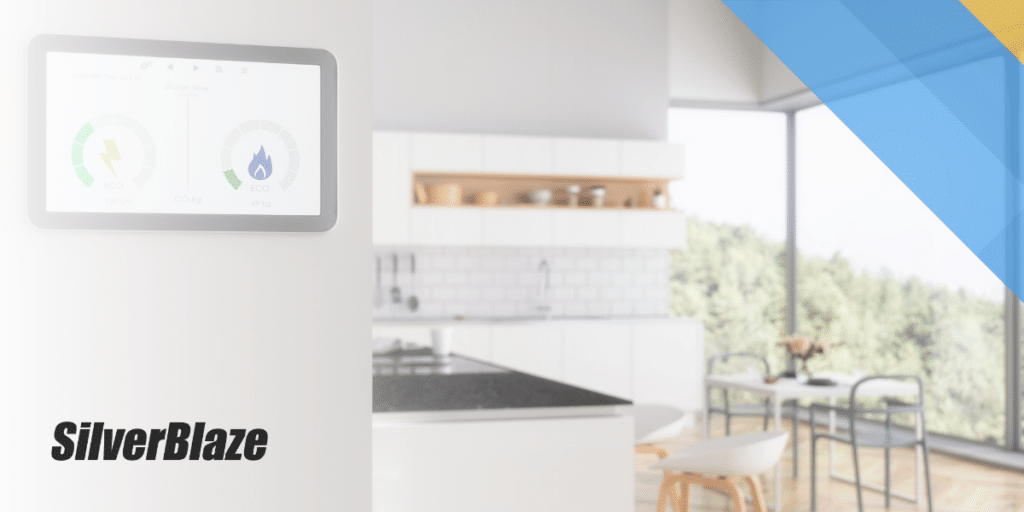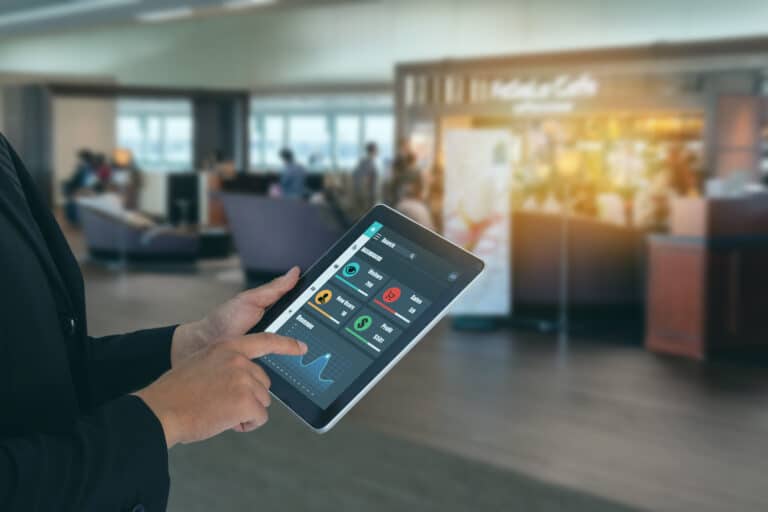Managing conservation and demand is top of mind for any utility provider. That’s why all utilities should have a demand response program that focuses on accurately predicting load and reducing peak demand.
This is important for two reasons. Firstly, it’s more environmentally friendly since relying on additional sources for more power is more carbon intensive. Secondly, peak power is significantly more expensive than traditional power generation.
To mitigate those, utility providers must implement policies and procedures that are designed to modify their customer’s demand for utility services and encourage customers to reduce utility usage during peak hours.
What is a Demand Response Program?
Demand response – also known as demand management or conservation and demand management – is a program implemented by utility providers to ensure customers are able and encouraged to reduce their energy demand during peak periods of demand.
This means that during peak periods of energy demand, customers take action to reduce their usage. An example of this would be a consumer turning the temperature down on their thermostat, turning off the lights in their house or using devices such as washing machines and dishwashers outside of the periods of peak demand.
While just one house making these changes isn’t significant, when a large number of customers participate it significantly reduces energy demand for the utility provider.
Building a Successful Demand Response Program
To implement a successful conservation and demand response program, there are four key elements that utility providers must consider:
1 – Provide Customers with Utility Usage Analytics
The only real, tangible way to educate your customers about their utility usage is to provide them with insightful usage data, analytics and reports that they can use to see how much they are consuming and when. These reports will give them unique insights into their utility consumption during peak periods, with comparisons to other households in their local area.
When put into practice, providing your customers with usage analytics gives them the insights they need to change their personal consumption behaviours. Typically, this enables customers to reduce their utility usage during peak periods.
2 – Encourage Customers to Invest in Smart Devices
Smart devices in the home have exploded in popularity in recent years. In fact, the global smart thermostat market size was valued at $1.86 billion in 2019, and is projected to reach $11.36 billion by 2027.
Smart devices provide users the benefit to control their utilities throughout the day using a schedule. For example, smart thermostats can be used to set more efficient temperature during extreme summer or winter events, as well as the ability to control the house temperature while they are not home. Smart thermostats have proved so successful in reducing peak energy demand that some utility providers are offering them to customers for free.
3 – Educate Customers on Government Incentives
Many local governments and municipalities introduce their own incentives, whether it’s related to financials, rebates, promotions or educational websites, in order to help change the consumption habits of consumers. If your local municipality has a scheme like this, then it’s important to make sure your customers are aware of these campaigns.
4 – Focus on Changing Your Customer’s Behavior
Influencing the customer to change their behaviour is the single most important way to reduce peak utility usage. The vast majority of utility providers do these indirectly by switching from a flat-rate tariff to a variable rate schedule, where customers are charged more during peak hours and less during off-peak hours.
Another way to help encourage behaviour change is through notifications and alerts for high utility usage. By notifying your customers when they are using their utilities during peak hours with alerts to their phone, you’ll take a step in changing customer behaviour.
Would you like to learn more about how you can improve your utility’s demand response program? Get in touch with the silverblaze team of customer experience specialists today.
{{cta(‘d7fdea4c-12c2-493e-b13b-57de94329e85′,’justifycenter’)}}



